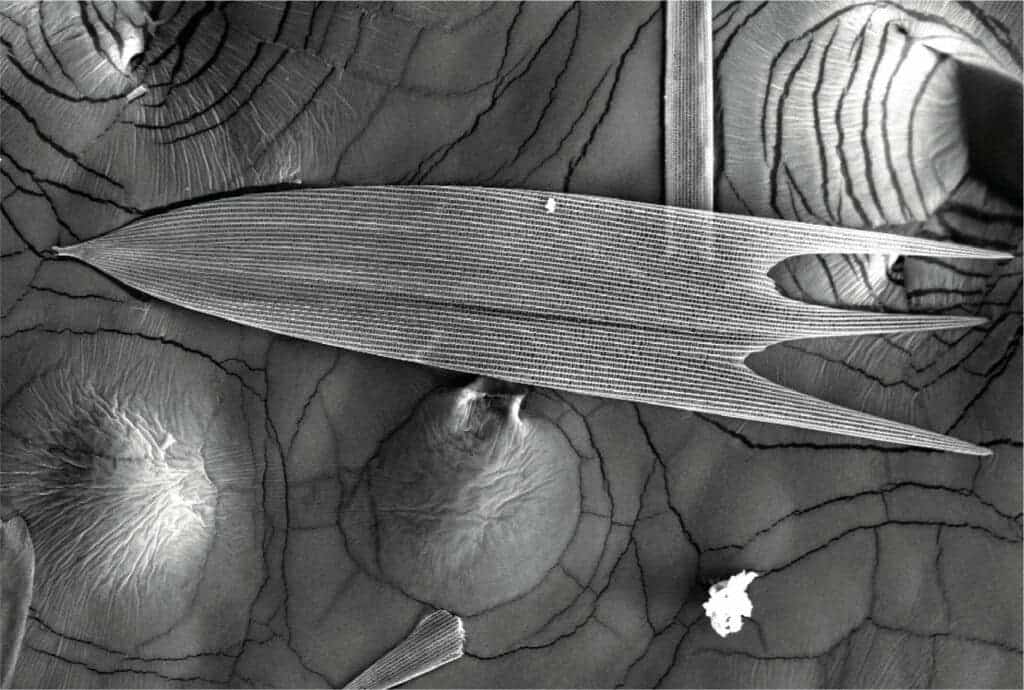Moth wings could point the way towards lightweight, more efficient sound absorbers.

Researchers at the University of Bristol have found that the scales on moth wings can be a surprising source of silence for us all. These structures act as excellent sound dampeners and absorbers even when placed on artificial surfaces. This property is owed to the dampening effect that moth wings have evolved in order to keep the insects safe from their arch-nemesis: bats.
Cashing in on an arms race
“What is even more impressive is that the wings are doing this whilst being incredibly thin, with the scale layer being only 1/50th of the thickness of the wavelength of the sound that they are absorbing,” explained lead author Dr. Thomas Neil. “This extraordinary performance qualifies the moth wing as a naturally occurring acoustic absorbing metasurface, a material that has unique properties and capabilities, that are not possible to create using conventional materials.”
You might not be able to tell, judging by how many of these flying critters pop up every summer, but moths are actually experiencing heavy predatory pressures from bats around the world. In fact, they have been experiencing this for some 65 million years and, during all that time, they have picked up a few tricks.
One of these was only recently discovered by researchers: the fact that moth wings act as sound absorbers. Such a property gives the insects a measure of protection from bats, which use echolocation calls to find prey. The sound-dampening quality of these wings is produced by specialized scales that line them.
Now, the same team of researchers at the University of Bristol report that these wings can act as excellent sound absorbers even when placed upon artificial surfaces. The results point the way toward novel metamaterials that can act as much more efficient sound-absorbing panels compared to today’s options.
“What we needed to know first, was how well these moth scales would perform if they were in front of an acoustically highly reflective surface, such as a wall,” says Prof. Marc Holderied of Bristol’s School of Biological Sciences, corresponding author of the study. “We also needed to find out how the mechanisms of absorption might change when the scales were interacting with this surface.”
The researchers tested these properties by placing sections of moth wing on an aluminium disk and then testing their effect on sound waves hitting them at different orientations. They also examined how the wings’ ability to absorb sound was affected by the removal of scale layers.
They report that moth wings could absorb as much as 87% of incoming sound energy even when placed on a solid substrate, with this effect constant across a wide range of frequencies and directions for the incoming sound. This is a very good indication that the structures which make up the wings of moths can show us how to build high-efficiency, ultrathin sound-absorbing panels. As cities get louder, the team explains, there is a growing need for such high-performance sound mitigation elements. They also have great potential in the travel industry, where they can help increase efficiencies and reduce CO2 emissions by reducing weight.
Going forward, the team plans to replicate the sound-absorbing properties of these wings in a prototype metamaterial and tweak it so that it interacts most with sounds at frequencies that our ears perceive. Currently, the moth wing scales interact with sounds at the ultrasound frequency range, which is above what the human ear can pick up on.
“Moths are going to inspire the next generation of sound absorbing materials,” Prof. Holderied concludes. “One day it will be possible to adorn the walls of your house with ultrathin sound absorbing wallpaper, using a design that copies the mechanisms that gives moths stealth acoustic camouflage.”
The paper “Moth wings as sound absorber metasurface” has been published in the journal Proceedings of the Royal Society A: Mathematical and Physical Sciences.









